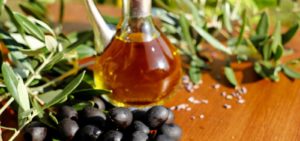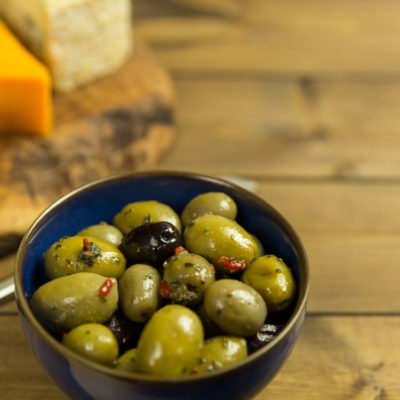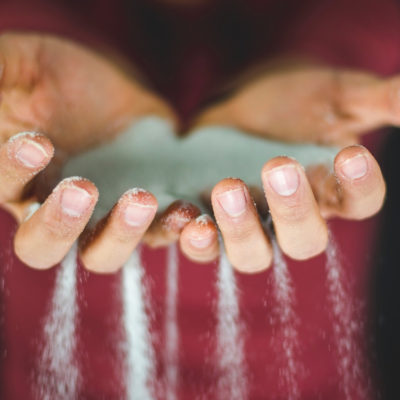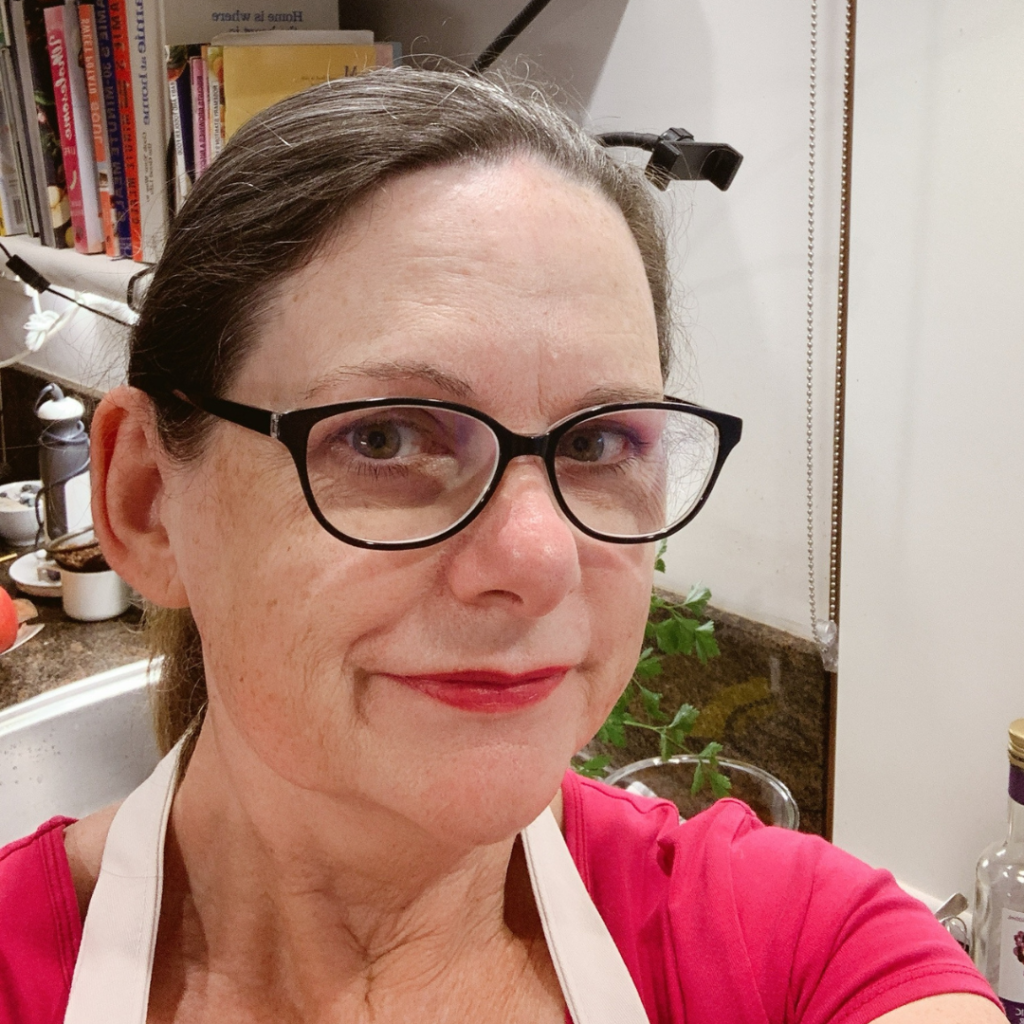This week we continue our series on names of ingredients which essentially mean the same thing – we’ll be identifying all the names you might find for fats.
How can you work out what the major component of a fat is?
Easy – read the food label of the package. Check the per 100g column and you will see at the minimum:
- Fat
- Total
- Saturated
And in many high fat products like margarine and oils, you will see more information:
- Fat
- Total
- Saturated
- Trans
- Polyunsaturated
- Monounsaturated
By looking at the per 100g column on the food label you are getting a percentage of the fat content of the food.
Why have dietary recommendations in the past been so insistent on having a low fat diet?
1/ Fat has nearly double the energy (think kilojoules or calories) of protein or carbs per gram:
- Fat 37kJ/g
- Protein 17kJ/g
- Carbohydrate 17kJ/g
- Alcohol 29kJ/g
We know being overweight isn’t good for your health, so if you are trying to lose weight you get more bang for your buck by cutting back on fats, especially added fats and foods high in fat which don’t give you much nourishment like take-aways.
Having said that many fats come with a package of healthy nutrients so being choosy about what fats you do eat is a good idea – stay tuned for more on this.
2/ Research has shown that different types of fats change your risk for chronic conditions like diabetes and cardiovascular disease, but that’s a discussion for another time.
Fat, fat, fat…
- Animal fat
- Avocado oil
- Beef fat
- Butter
- Canola margarine or oil
- Coconut cream
- Coconut margarine or oil
- Copha
- Corn oil
- Cream
- Diglycerides
- Dripping
- Fat
- Fatty acid
- Hazelnut oil
- Hydrogenated oils
- Lard
- Margarine
- Mayonnaise
- Monoglycerides
- Oil
- Olive oil
- Palm oil
- Peanut oil
- Safflower oil
- Shortening
- Sour cream
- Soy or soya oil
- Sunflower oil
- Tallow
- Triglycerides
- Vegetable fat
- Vegetable margarine or oil
Next week we’ll make sense of what fat is better and what fat is not so good for you.
To sum up:
If you want to lose weight cut back on fats in your diet – read food labels to identify what has lots of fat and cook with less fat.
As I said in my blog on sugar last week, if a processed and packaged food has three different names on the ingredients list which all mean fat then it’s a higher fat food. And if something is fried then it’s high in fat (sorry).
If you want some direction on how much you should be eating then check out my free resource How much should I be eating? If you email me with the subject line “free pdf” I can send you an e-book of this resource which can be printed.
I’ll catch you next week.
register here to receive Dale’s blog update in your inbox each week.
contact dale if you would like help to work toward achieving your health goals.






Comments (1)